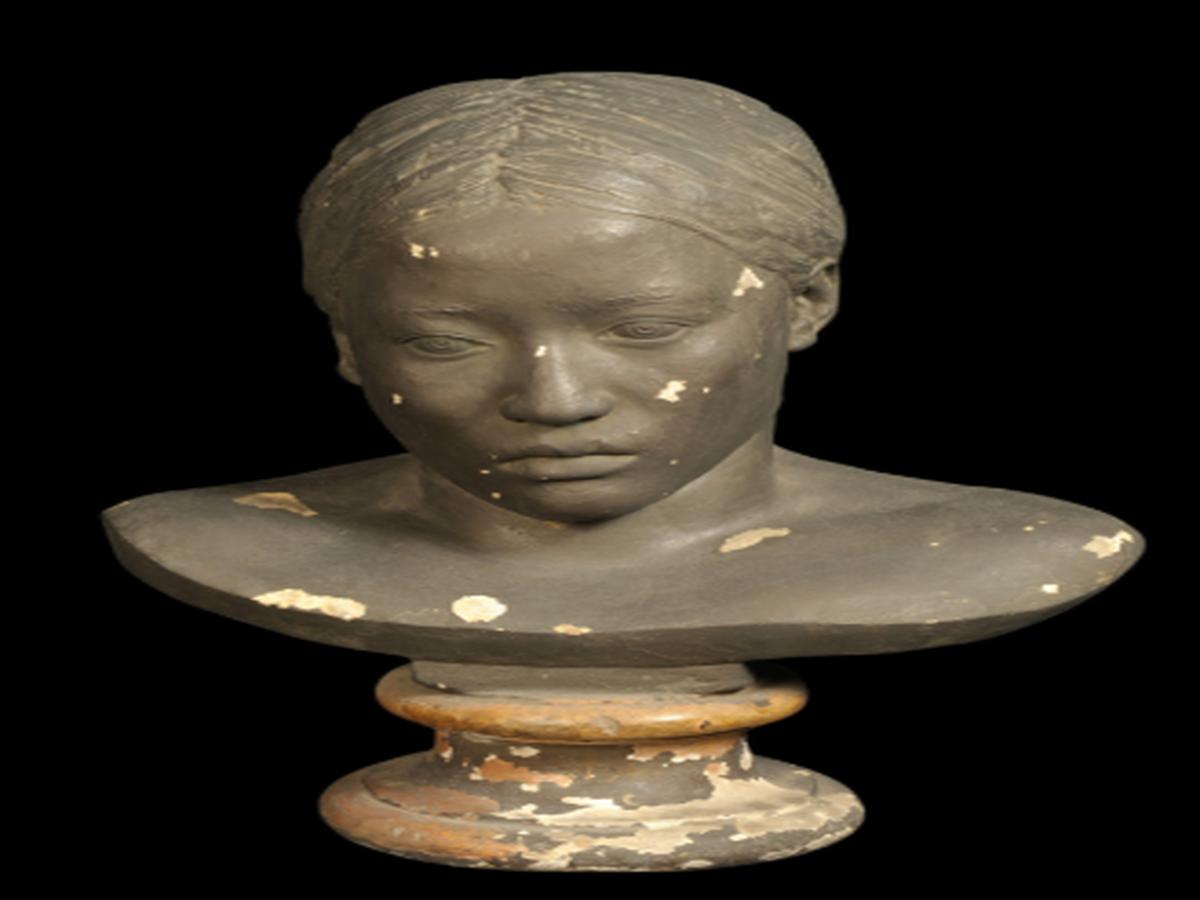State
Tribe Name
Art Type
short description
This plaster sculpture portrays a Lepcha woman who has been one of the most ancient and aboriginal tribes from Sikkim. Traditionally connected with nature and the Eastern Himalayas, the bust comprises a thick lip and hair parted face typical to the Lepcha people. The figure stands in mount over a round pedestal to lend an absolutely formal, museum-like appearance.
Thumbnail

Filter Postion
Left
Filter Background
Off
Theme
Filter Header Image

content
Image

description
This plaster sculpture portrays a Lepcha woman who has been one of the most ancient and aboriginal tribes from Sikkim. Traditionally connected with nature and the Eastern Himalayas, the bust comprises a thick lip and hair parted face typical to the Lepcha people. The figure stands in mount over a round pedestal to lend an absolutely formal, museum-like appearance.
The Lepchas (meaning "children of snowy peaks"), also termed as the Rongkup, are the supposed first inhabitants of Sikkim; their language, Lepcha, is a Tibeto-Burman dialect. Their cultures are mainly nature-worshipping, animistic, or Buddhist, and their clothes, folklore, and rituals indicate a strong intimacy with the environment.It portrays an art photograph without a doubt, and at the same time, it also stands as an ethnographic record portraying physical appearances and culture identities of Lepcha women. Such artifacts are indeed useful for memorializing as well as glorifying the tribal diversity in India, particularly in the northeastern region.
The Lepchas (meaning "children of snowy peaks"), also termed as the Rongkup, are the supposed first inhabitants of Sikkim; their language, Lepcha, is a Tibeto-Burman dialect. Their cultures are mainly nature-worshipping, animistic, or Buddhist, and their clothes, folklore, and rituals indicate a strong intimacy with the environment.It portrays an art photograph without a doubt, and at the same time, it also stands as an ethnographic record portraying physical appearances and culture identities of Lepcha women. Such artifacts are indeed useful for memorializing as well as glorifying the tribal diversity in India, particularly in the northeastern region.
Image Mode
landscape
promoted
On
Verified
Off
